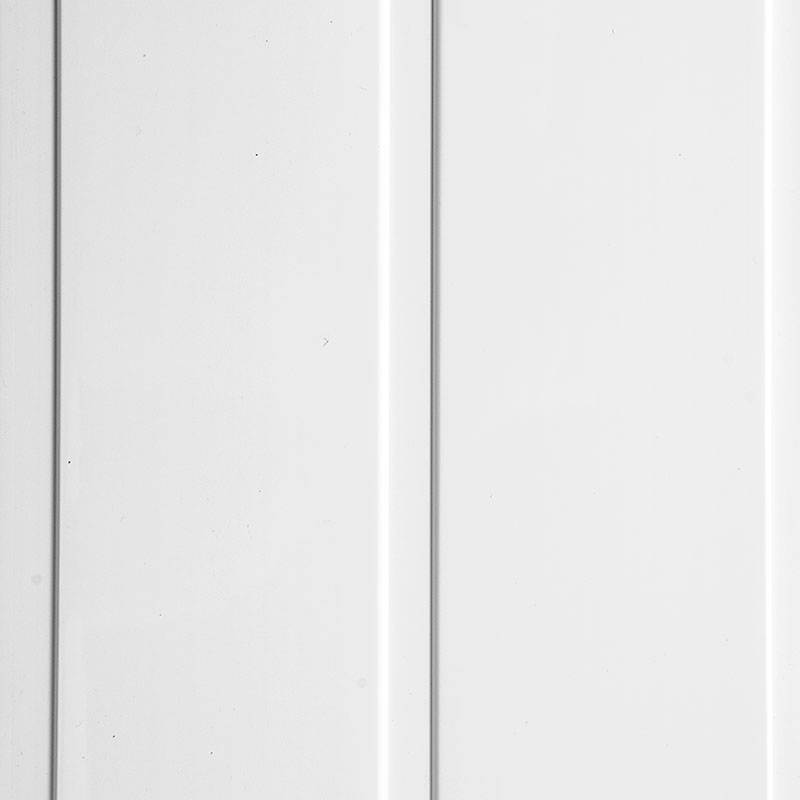PVC cladding, also known as uPVC cladding, has gained significant popularity in the construction industry due to its numerous benefits. This versatile material offers a wide range of advantages, making it a preferred choice for both residential and commercial projects. In this comprehensive guide, we will delve into the various benefits of PVC cladding, exploring its durability, versatility, energy efficiency, low maintenance requirements, and aesthetic appeal.
- Durability:
One of the key advantages of PVC cladding is its exceptional durability. Unlike traditional materials such as wood or brick, PVC cladding is highly resistant to weathering, rot, and corrosion. It can withstand extreme temperatures, UV radiation, and moisture, making it an ideal choice for various climates. Its durability ensures that the cladding remains intact and visually appealing for an extended period, reducing the need for frequent repairs or replacements. - Versatility:
PVC cladding offers unparalleled versatility in terms of design and application. It is available in a wide range of colors, textures, and finishes, allowing architects and designers to create unique and visually striking facades. Whether you prefer a modern, sleek look or a more traditional aesthetic, PVC cladding can be customized to suit any architectural style. Additionally, it can be easily installed on various surfaces, including concrete, timber, and steel, making it a flexible choice for both new constructions and renovations. - Energy Efficiency:
Another significant benefit of PVC cladding is its energy efficiency. The insulation properties of PVC help to improve the thermal performance of buildings, reducing heat loss during winter and heat gain during summer. This, in turn, leads to lower energy consumption and reduced heating or cooling costs. PVC cladding acts as a barrier against external elements, enhancing the overall energy efficiency of the structure and contributing to a more sustainable environment. - Low Maintenance:
Compared to other cladding materials, PVC cladding requires minimal maintenance. It is resistant to stains, fading, and discoloration, eliminating the need for regular painting or sealing. PVC cladding can be easily cleaned with mild soap and water, ensuring that it retains its original appearance over time. This low maintenance requirement not only saves time and effort but also reduces long-term maintenance costs. - Aesthetic Appeal:
PVC cladding offers a wide range of aesthetic options, allowing architects and homeowners to achieve their desired look. The material can mimic the appearance of natural materials such as wood or stone, providing a cost-effective alternative without compromising on aesthetics. Whether used for residential homes, commercial buildings, or even interior applications, PVC cladding enhances the visual appeal of the structure, adding a touch of elegance and sophistication.
Conclusion:
In conclusion, PVC cladding offers a multitude of benefits that make it an excellent choice for various construction projects. Its durability, versatility, energy efficiency, low maintenance requirements, and aesthetic appeal make it a preferred option for architects, designers, and homeowners alike. By choosing PVC cladding, you can enjoy a long-lasting, visually appealing, and sustainable solution for your building exteriors. Embrace the advantages of PVC cladding and elevate the aesthetics and performance of your construction projects.


